Tags: Neutron star
Hubble and James Webb Space Telescopes Confirm Rare Neutron Star Collision, Unveiling Gold Production
JWST Unveils Neutron Star's Cosmic Secrets: Ending a Decade-Long Quest in the Wreckage of Supernova 1987A
James Webb Space Telescope Detects Highly Ionized Atoms Presumably Surrounding a Neutron Star From the Remnants of Supernova 1987A
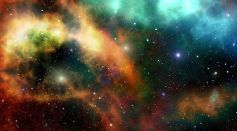
Newly Discovered Stellar Object Found To Flash Odd Radio Waves Every 22 Minutes; Archives Reveal That It Has Been Doing So Since 1988

Origin of Mystery Fast Radio Burst Revealed Thanks to Highly Changeable Magnetic Field Surrounding It

Unlocking the Secrets of Neutron Star Mergers: Astronomy Research Sheds Light on Gravity and the Universe's Age
Bizarre Gamma-ray Burst Reveals Undetected Neutron-Star Mergers That May Shed Light on the Production of Heavy Elements in the Universe
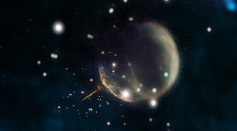
Weird Pulsar Neutron Star Travels Through the Milky Way Leaving a 13-Light Years Cosmic Trail
Neutron Star Caught Smashing Into Its Neighboring Stellar; Here’s What Astronomers Reveal
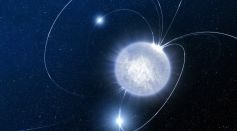
Heaviest Known Neutron Star is A 'Black Widow' That Is 2.35 Times Heavier Than the Sun, Scientists Reveal
'Castaway' Gamma-Ray Burst in the Universe Linked to Neutron Star and Nearby Galaxy, Study Claims
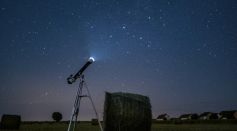
Black Widow Named Heaviest Neutron Star to Date Through Keck I Telescope

Spooky Cosmic Object Could Be A New Type of Star With Ultra-Powerful Magnetic Field

Here's How Scientists Depend on Isolated Stars to Examine Weak Supernova Explosions
White Dwarf From 1,400 Light Years Away Seen Switching On and Off for the First Time
Gamma-Ray Bursts: What Do These Ultrabright Flashes Tell About the Universe?

Did Scientists Just See A Black Hole Swallowing a Neutron Star for the 1st Time?
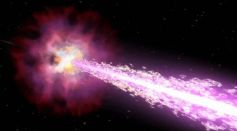
Scientists Finally Detected The Dark Matter Escaping From Neutron Stars
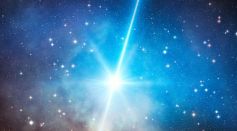
Giant Flare That Swept Through Solar System Came From Another Galaxy 11.4 Million Light-Years Away
Scientists Discovers Ancient Neutron Star Crash That Showered Our Solar System in Gold
Most Popular

Space Tourism Future: How Commercial Space Travel Will Transform Civilian Exploration

Universe Origin Revealed: Exploring the Latest Big Bang Science Theories and Discoveries

How Space Observation and the Solar Light Spectrum Make the Sun Look Different in Space Than on Earth

Tree Communication Explained: How Underground Fungi Networks Connect Entire Forests





